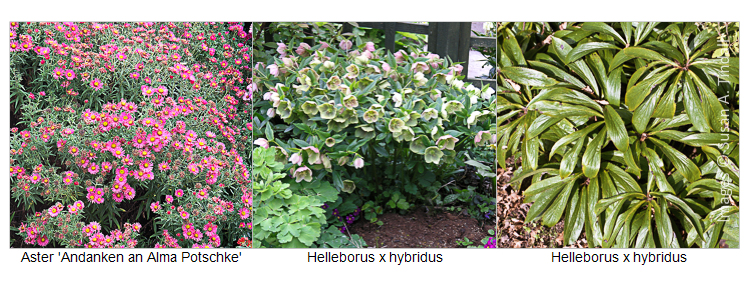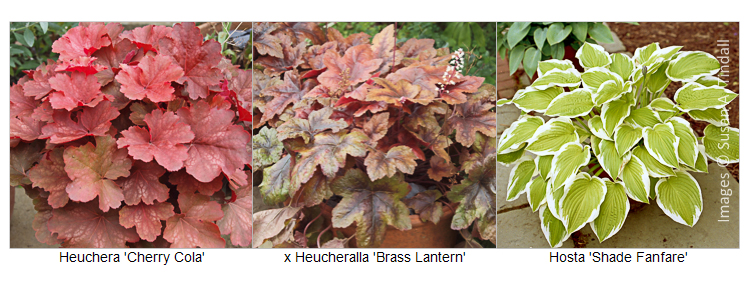With the arrival of spring thoughts turn to the pleasure of being out of doors. Sitting outside in a relaxed and reflective mood gives you time to really enjoy your plants. This is where plants in pots, placed where you sit, can give you real pleasure. One of the deeper joys of gardening is to understand the character of your plants and to value them as individuals, rather than items in a display.
A single plant in a pot serves this purpose well. If the plant is in a large enough container and adequately fed and watered it can fully express itself. Its growth will be unhindered by the foliage and roots of others. As the seasons progress the plant will change. You will see it unfurl its leaves, grow its flowers and also spread as it grows. Beyond any floral beauty there is also the pleasure of the plant’s shape, the way the leaves are held and their pattern and detail. As with people, some plants are best in a crowd whilst others are best served solo. Examples of good solo plants follow.
Heuchera, such as Heuchera ‘Cherry Cola’, and X Heucherella ‘Brass Lantern’ both have beautiful foliage that delights the eye all summer. Hostas are always good in pots, try Hosta ‘Shade Fanfare’ with large leaves that spread magnificently in a container. Many grasses are very successful and the completely deciduous Hakonechloa macra ‘Aureola’ is stunning in a large container where it will eventually arch over the sides and delight with the colour and movement of its slim leaves. Finally, grown for its summer-long season of flowers try the smaller alstroemeria such as Alstroemeria ‘Roselind’.
In addition to such special plants it can often be beneficial to grow a new plant in a container for its first year with you. As it grows you begin to understand its character – both the good and the bad! Your observations will help you to put the plant in the right place.
Typical problems that you will discover include: Beautiful flowers but the stems get leggy, even ugly. Many of the taller asters such as Aster novae-angliae ‘Andenken an Alma Potschke’ are good examples of this problem. Solve this by putting it behind another lower growing plant to conceal its ‘legs’.

Next, the flowers are wonderful but don’t last long, for example Paeonia such as Paeonia lactiflora ‘Adolfe Rousseau’. However its foliage is attractive. Solution – plant with herbaceous plants that have spiky, or just plain ordinary foliage. These look less unattractive when mixed with mounds of lovely lush paeonia leaves. In addition the paeonia flowers are a welcome bonus before herbaceous plants have started their show.
Finally, some plants have beautiful flowers but these are followed by an awful lot of green foliage. Helleborus x hybridus and its many forms are a good example here. One solution is to plant these in front of deciduous shrubs and enjoy the hellebore flowers which appear whilst the shrubs are just woody. Then enjoy the shrubs that stand above mounds of attractive green leaves the hellebore contributes in summer.

There are sometimes problems with container plants so watch out for:
- Vine weevils, which eat away the roots, a particular problem with heuchera and solved by applying a Vine Weevil killer.
- Slugs and snails munch on foliage, a problem with alstroemeria and hostas. These days neat bands of copper tape can be stuck around pots – though place so these enterprising creatures can’t climb across from an adjacent plant or structure.
Enjoy!
Susan A Tindall

